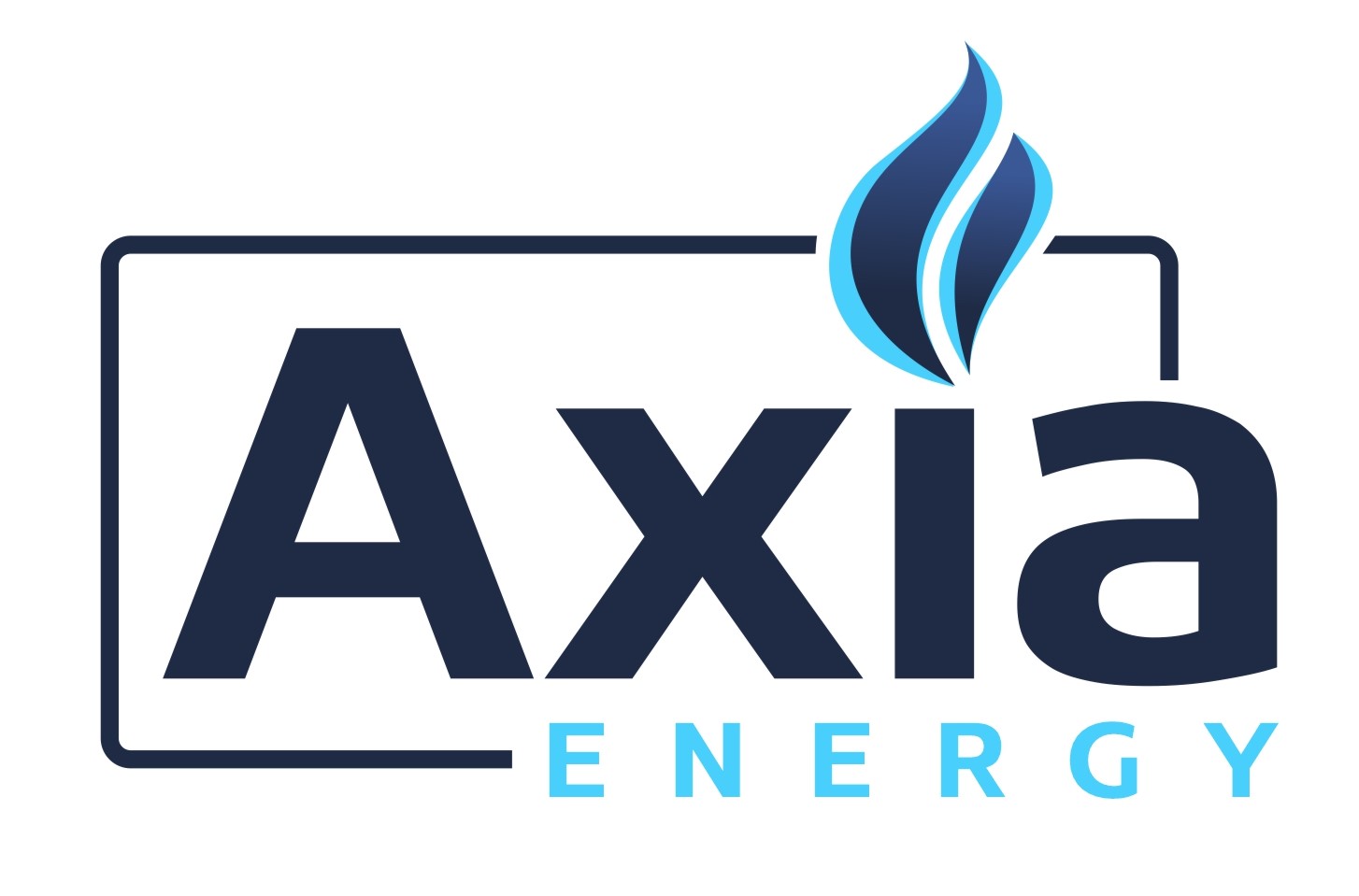Edge Computing in Remote Pipeline Monitoring

As oil and gas pipeline networks stretch farther into remote and hard-to-reach locations, the need for real-time, reliable monitoring becomes more critical—and more challenging. Traditional cloud-based systems often face limitations in these environments, such as high latency, limited connectivity, and bandwidth constraints. Enter edge computing: a game-changing technology that brings data processing closer to the source, enabling faster insights and immediate responses.
At AXIA, we’re helping operators harness the power of edge computing to enhance situational awareness, accelerate decision-making, and safeguard remote pipeline infrastructure like never before.
What Is Edge Computing?
Edge computing is a decentralized IT architecture that processes data at or near the source—in this case, field equipment such as sensors, cameras, and drones installed along pipeline routes. Rather than sending all raw data to a centralized cloud server for analysis, edge devices perform key computations locally and transmit only essential information, such as anomalies or alerts.
This model drastically reduces latency, network traffic, and dependence on intermittent connectivity—
making it ideal for pipeline operations in remote or rugged terrain.
Why Edge Computing Matters for Pipelines
1. Real-Time Threat Detection
Edge-enabled devices can instantly analyse sensor inputs to detect potential threats like:
- Pressure anomalies
- Flow irregularities
- Unusual vibrations
- Unauthorized activity near pipelines
By identifying these signals on-site, edge computing enables immediate responses—such as shutting a valve,
sending alerts, or deploying drones for visual inspection—without waiting for cloud-based analysis.
2. Resilience in Low-Connectivity Areas
Remote pipeline sections often suffer from poor or unreliable network connections. Edge computing allows critical functions to continue even when connectivity is down, storing data locally and synchronizing with the cloud once connections are restored.
This ensures continuous protection and data integrity, even in the harshest environments.
3. Reduced Bandwidth and Operational Costs
Instead of transmitting terabytes of raw data, edge computing filters and compresses the information—sending
only actionable insights to central command. This dramatically reduces:
- Data transmission costs
- Bandwidth usage
- Cloud storage expenses
It also lightens the load on central systems, freeing up resources for strategic planning and advanced analytics.
4. Empowering Predictive Maintenance
Edge analytics allows field devices to monitor equipment health in real time, identifying early signs of wear or failure. Operators can act proactively – repairing or replacing parts before they fail and avoiding unplanned downtime.
This leads to more efficient maintenance cycles, improved reliability, and extended asset life.
AXIA’s Edge-Ready Pipeline Solutions
At AXIA, we provide end-to-end edge computing solutions tailored for pipeline operations. Our platform integrates with IoT devices, SCADA systems, and AI models—delivering smart, secure, and scalable monitoring right where it matters most.
We enable pipeline operators to:
- Detect and respond to incidents locally
- Maintain visibility in remote locations
- Minimize response times and maximize safety
- Bridge the gap between field intelligence and centralized operations
Conclusion
Edge computing is more than a technical innovation—it’s a strategic necessity for modern pipeline monitoring. It brings intelligence to the field, enabling faster decisions, safer operations, and more resilient infrastructure.
At AXIA, we’re driving the shift toward smarter, edge-enabled pipelines. Are your operations ready to move to the
edge?

